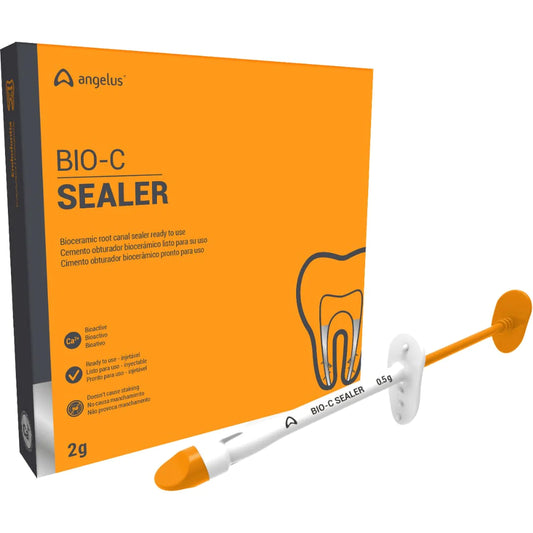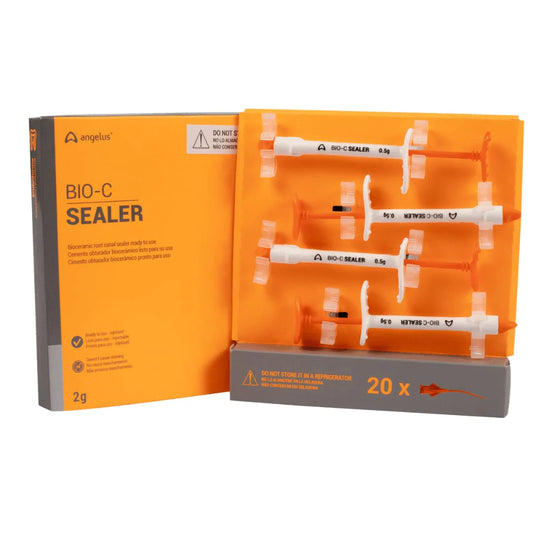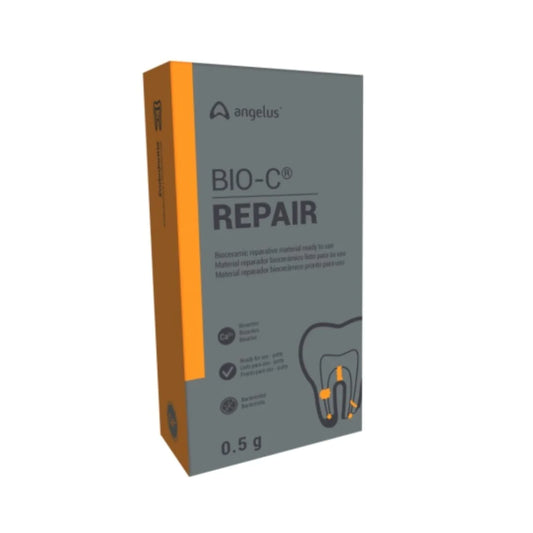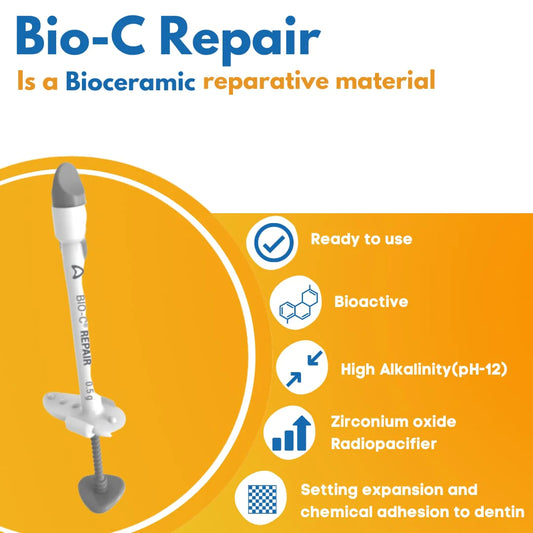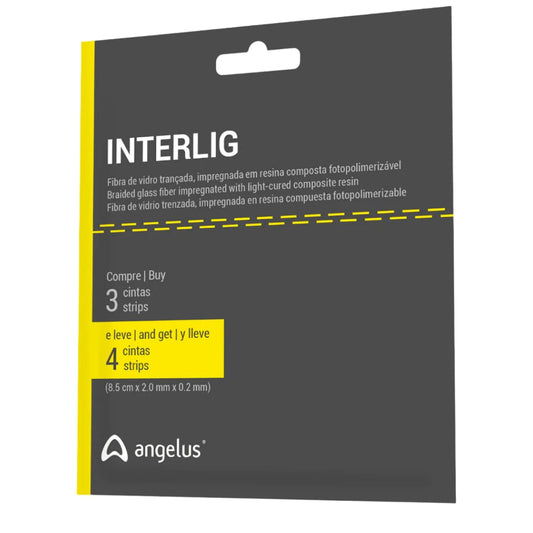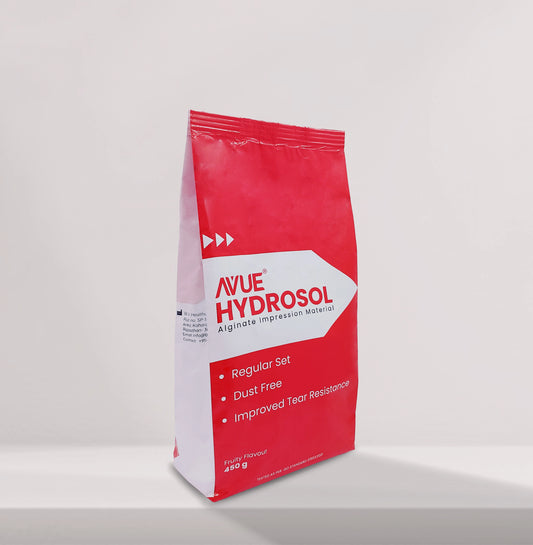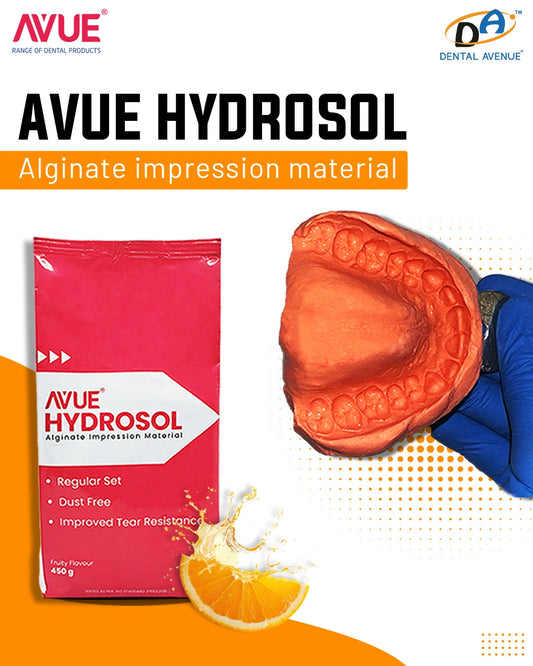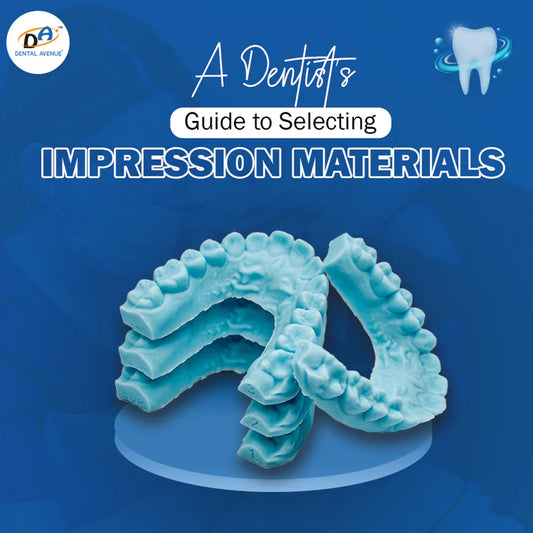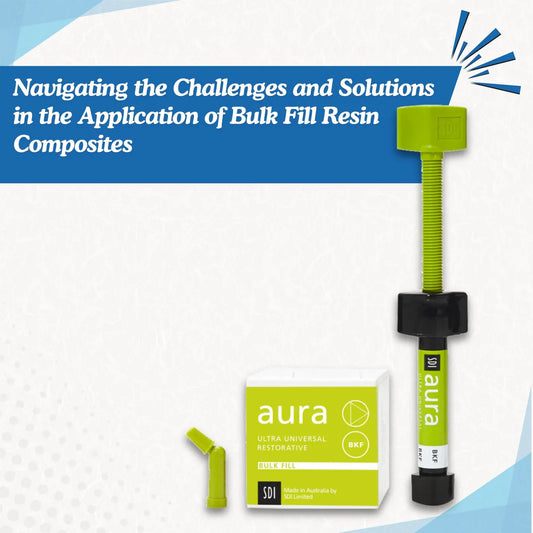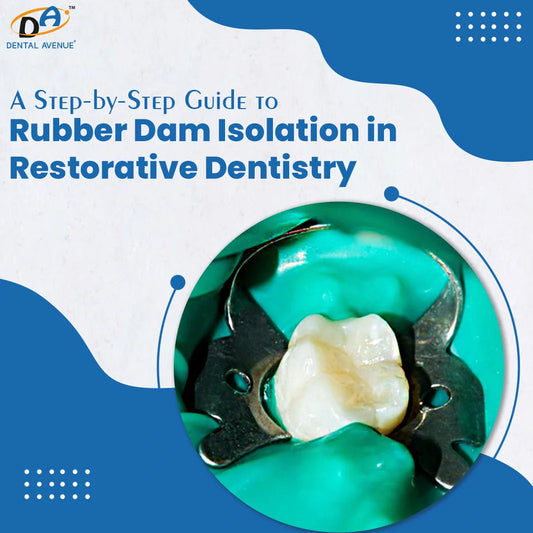Table of Contents
Introduction
Alginate Impression Material
Silicone Impression Material
Alginate v/s Silicone: Side-by-side Comparison
Which Impression Material should you choose?
Conclusion
FAQs
In modern-day dental practice, successful treatment outcomes for dental prostheses lie in inaccurate dental impressions. Impressions are widely used for other applications like diagnosing, treatment planning and fabrication of dental restorations. Dentistry evolved a lot in terms of the materials used in different applications, today two main types of dental impression materials are alginates and silicone-based materials, each material having its advantages, applications and limitations. This article helps identify the differences in its usages, its applications of alginate and silicone impression materials to determine which material suits best for practice.
Alginate Impression Material:
What is Alginate impression material?
Alginate is also known as elastic irreversible hydrocolloid material derived from brown seaweed; it usually sets via a chemical reaction when alginate powder is mixed with water. A thick paste-like consistency is formed when mixed with water and can be used in taking impressions, capturing fine details of the oral cavity. These impressions are simple and cost-effective
Pros of Dental Alginate Material:
Affordability: Alginate impression materials are less expensive when compared with silicones, thus making them a pocket-friendly material for dental practice.
Ease of use: Alginate dental impression powder does not require complex instruments or materials for mixing, simple water, rubber bowl and spatulas are required for proper mixing.
Fast setting time: Alginates typically sets quickly, making them an efficient product in day-to-day dental practice.
Good detail reproduction: It captures and reciprocates fine details of teeth and surrounding tissues, thus making them suitable for preliminary impressions of teeth and study models.
Cons of Alginate Material:
Dimensional stability: Alginate dental impressions tend to shrink and contract quickly, thus distorting over time, so it has to be poured immediately, as delay can lead to inaccurate impressions.
Sensitivity to temperature and humidity: temperature can affect the working and setting time of alginate, which impacts the performance.
Working time: alginate sets quickly, so limited time is required to prepare the impressions.

Silicone Impression Material:
What is Silicone Material?
Silicone materials are of two types, A-silicone Impression Materials (addiction-cured) & C-silicone Impression Materials (condensation-cured. Synthetic polymers are known for their versatility and accuracy, these materials have high elasticity which allows them to overcome deformations, these are hydrophobic materials.
Pros of Dental Silicone Material:
High accuracy: Silicone impression materials provide excellent detail reproduction, thus making them ideal for capturing minute details like undercuts and for the fabrication of prostheses.
Dimensional stability: silicone impressions can remain stable and do not deform for a longer time, thus allowing for longer storage
Variety of options: different types of materials such as putty, wash materials and tray materials to choose from according to the clinical needs.
Good tear resistance: silicone impressions show good tear resistance and do not tear during removal.
Cons of Silicone Impression Material:
Cost: Silicone materials are expensive when compared with other impression materials available in the dental industry, so makes them a little consideration for budget-friendly practice.
Complex mixing: mixing of some silicones requires careful handling, which may necessitate extra work.
Setting time: setting time is slightly higher when compared to alginate, leading to an increase in chair side time.
Alginate v/s Silicone: Side-by-side Comparison:
Accuracy:
- Alginate: good for taking impressions in preliminary cases but less accurate in defined and definitive cases.
- Silicone: offers superior accuracy and detailed reproduction for final impressions.
Cost:
- Alginate: it is generally affordable, which makes it cost-effective
- Silicone: cost is high for both the silicone materials thus making them not suitable for budget practice
Ease of Use:
- Alginate: it is simple to mix. Makes them user-friendly
- Silicone: requires more complexities, especially when capturing finer details
Durability:
- Alginate: not durable enough, as it requires immediate poring to avoid distortion
- Silicone: Highly durable, can be kept for days without poring
Which Impression Material should you choose?
Choosing between alginate and silicone mainly depends on the affordability and the needs of the specific treatment. If someone wants quick and preliminary impressions within budget, alginate is the choice of material, and if someone wants detailed impressions with high accuracy and dimensional stability, silicones are the preferred choice.
Conclusion:
It is important to know the specific purpose of each material used in dentistry, both silicone and alginate impressions hold an important place and both have their advantages and disadvantages, both materials have their pros and cons according to the different clinical conditions, budget constraints and long term goals of the dental treatment.
FAQs
Q. Is Alginate or silicone better for long-term use?
When compared to silicones over alginates; silicones are better in terms of dimensional stability, good tear resistance and more tolerable to patients.
Q. Which material is more affordable?
Alginate is more affordable than silicones, making them cost-effective in study models and preliminary impressions.
Q. Can I reuse silicone or alginate moulds?
Alginates cannot be reused again, as they can distort impressions, it is not advisable to reuse but in some cases, they can be reused.

